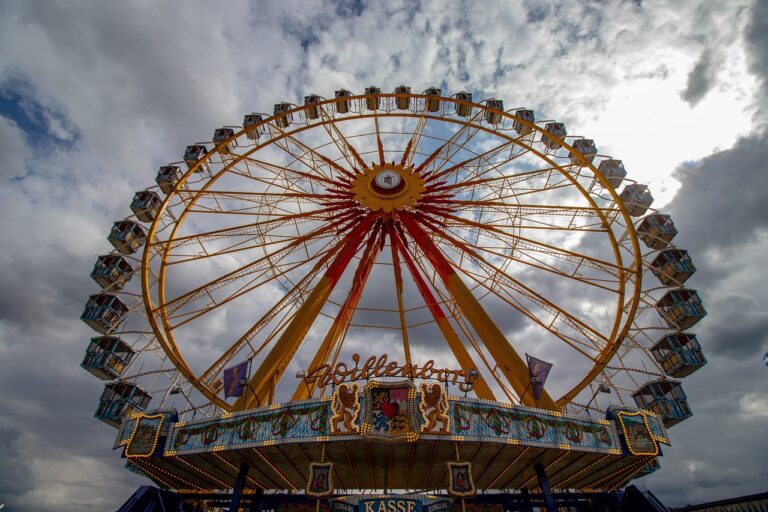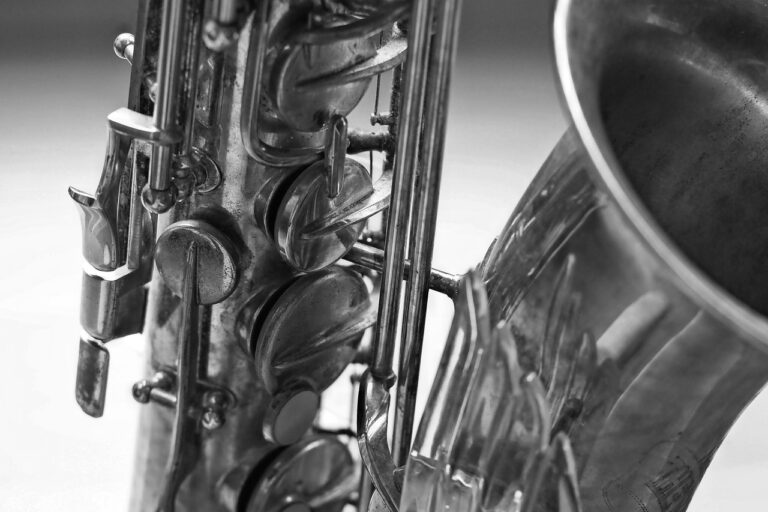Set Design in Improvisational Theater: Creating Flexible Environments: 11xplay login, King567, Skyinplay.com login
11xplay login, king567, skyinplay.com login: Improvisational theater, or improv, is a form of live performance where the plot, characters, and dialogue are created spontaneously as the show progresses. Unlike traditional theater, improv does not have a script, which means that actors must rely on their quick thinking and creativity to engage with the audience and each other.
One important aspect of improv is set design, which involves creating flexible environments that can adapt to the constantly changing scenes and scenarios. In this article, we will explore the role of set design in improvisational theater and provide tips on how to create versatile and dynamic sets.
Setting the Scene
Set design in improv is not about creating elaborate backdrops or intricate props. Instead, it is about establishing a basic framework that can be easily manipulated and transformed to suit the needs of each scene. This might include simple elements like chairs, tables, and a few key props that can be moved around or rearranged as needed.
Creating Flexibility
The key to successful set design in improv is flexibility. Sets need to be adaptable so that they can easily transition from one scene to the next. This might involve using modular set pieces that can be rearranged quickly, or designing sets that can be easily dismantled and put back together in different configurations.
Engaging the Audience
Set design in improv is not just about creating a backdrop for the actors it is also about engaging the audience and immersing them in the world of the performance. By creating a dynamic and interactive set, designers can help to enhance the overall experience for both the performers and the audience.
Tips for Effective Set Design
– Keep it Simple: Avoid cluttering the stage with unnecessary props or set pieces. A minimalist approach can often be more effective in improv.
– Use Multi-Purpose Props: Choose props that can serve multiple functions or be easily transformed into different objects. This will help to keep the set versatile and adaptable.
– Experiment with Lighting: Lighting can play a crucial role in setting the mood and tone of a scene. Experiment with different lighting effects to create a dynamic and engaging environment.
– Listen to the Performers: Stay attuned to the needs of the actors and be prepared to make adjustments to the set on the fly. This will help to create a seamless and immersive experience for both the performers and the audience.
FAQs
1. Do improv actors always perform on a set stage?
No, improv can take place in a variety of settings, from traditional theaters to small improv clubs to outdoor spaces.
2. How important is set design in improv?
Set design plays a crucial role in creating a dynamic and immersive environment for both the performers and the audience.
3. Can audience members interact with the set during an improv performance?
Yes, in some cases, audience members may be invited to interact with the set or even participate in the performance.
In conclusion, set design in improvisational theater is all about creating flexible environments that can adapt to the unpredictable nature of improv. By keeping sets simple, versatile, and engaging, designers can help to enhance the overall experience for both performers and audiences alike.







